Those in the water industry know we are facing a global water crisis. Thankfully, many experts are hard at work on solutions. One machine uses human feces to create drinking water. Another transforms seawater, river sludge and other water sources into potable water. On a larger scale, one country is taking major strides toward water independence through desalination, reuse and more. These are just a few examples of how radical technology is changing the way the human population is treating, conserving and delivering what is arguably the most precious resource on the planet. The following highlighted technologies do not represent a comprehensive list, so please feel free to contact us with other notable advancements in water technology at pumpeditors@cahabamedia.com.
1. Janicki Omni Processor
.jpg) Seattle-area firm Janicki Bioenergy is developing its Omni Processor that converts human waste into drinking water, electricity and ash. (Courtesy of Janicki Bioenergy)
Seattle-area firm Janicki Bioenergy is developing its Omni Processor that converts human waste into drinking water, electricity and ash. (Courtesy of Janicki Bioenergy)2. GE'S ZeeLung
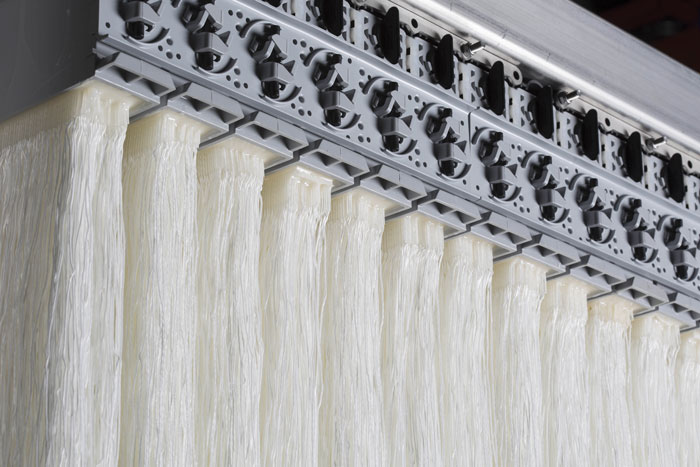 A close-up of GE's ZeeLung membrane cord that provides low-energy nutrient removal in municipal wastewater systems. (Courtesy of GE)
A close-up of GE's ZeeLung membrane cord that provides low-energy nutrient removal in municipal wastewater systems. (Courtesy of GE)3. The SlingShot
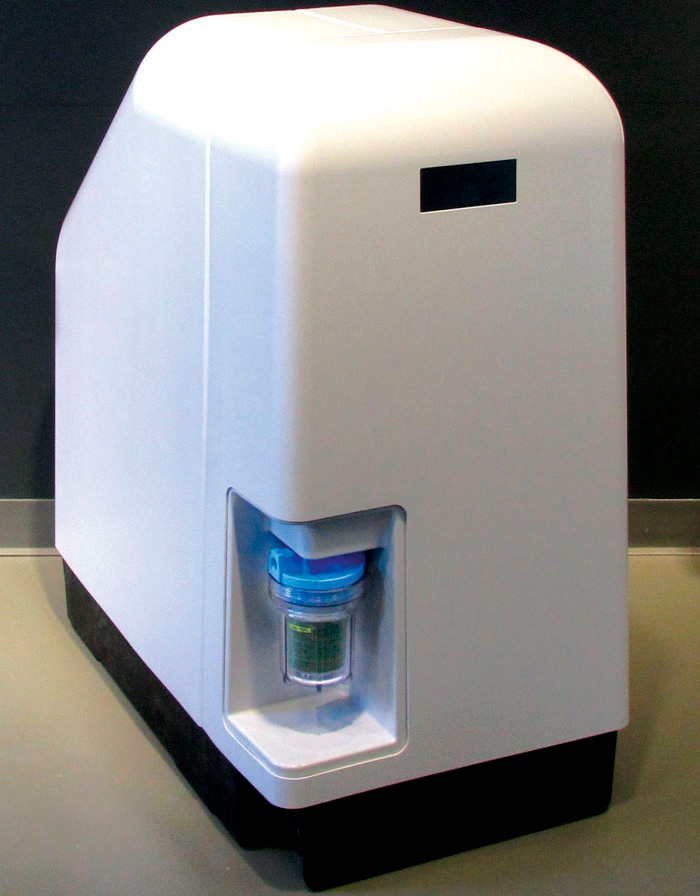 The SlingShot unit (Courtesy of The Coca-Cola Company)
The SlingShot unit (Courtesy of The Coca-Cola Company)4. Singapore's PUB
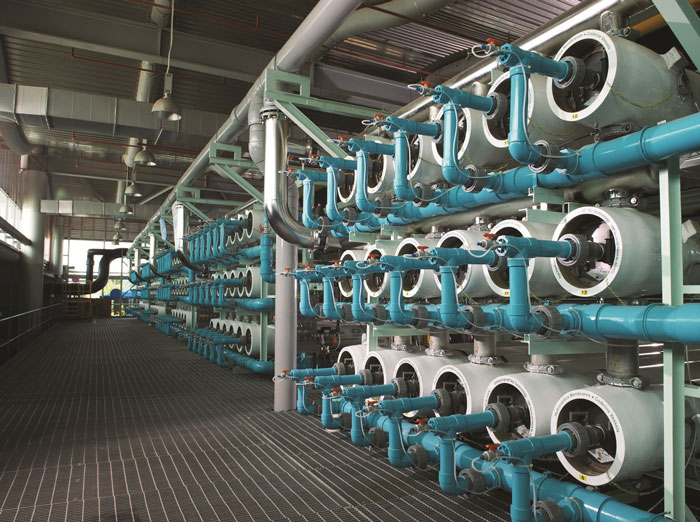 Singapore's national water agency, PUB, uses advanced membrane technologies and ultraviolet disinfection for its reclaimed water program known as NEWater. (Courtesy of PUB, Singapore's national water agency)
Singapore's national water agency, PUB, uses advanced membrane technologies and ultraviolet disinfection for its reclaimed water program known as NEWater. (Courtesy of PUB, Singapore's national water agency)5. Seromix Advanced Metals Removal Technology
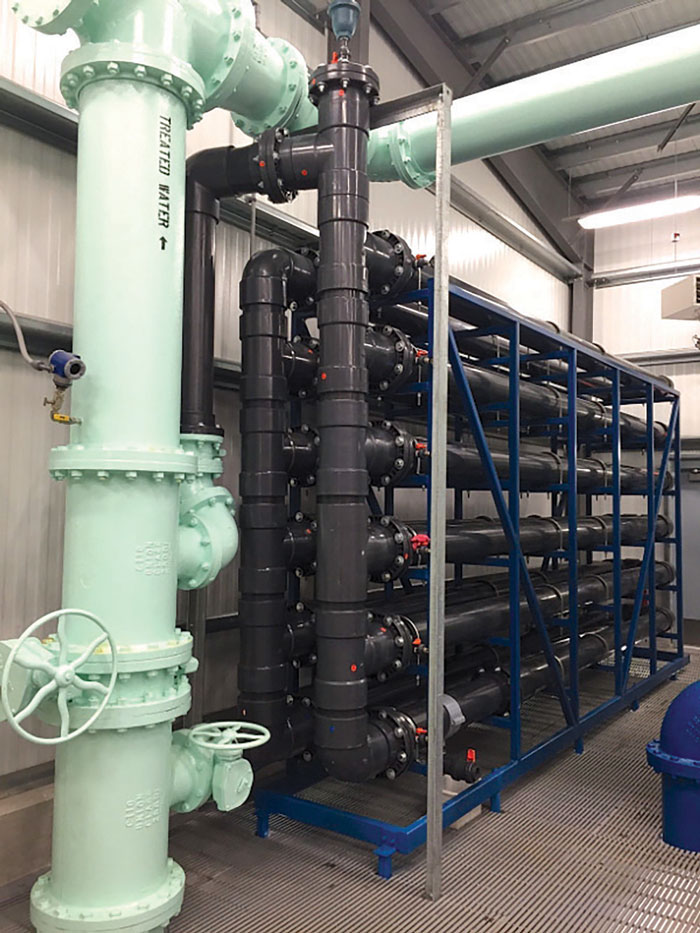 Triple Clear Water Solutions Inc.'s Seromix advanced metals removal system was installed in the town of Harwich, Massachusetts. (PRNewsFoto/Triple Clear Water Solutions)
Triple Clear Water Solutions Inc.'s Seromix advanced metals removal system was installed in the town of Harwich, Massachusetts. (PRNewsFoto/Triple Clear Water Solutions)6. Demand-Driven Distribution
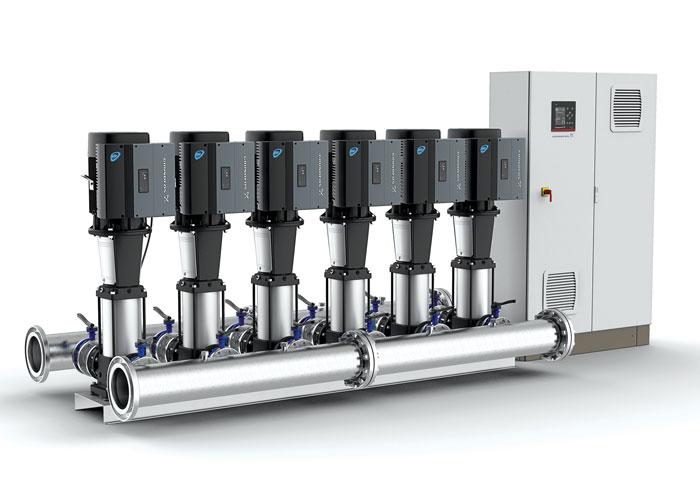 Water loss is a critical problem that advanced technologies are helping to solve. (Courtesy of Grundfos)
Water loss is a critical problem that advanced technologies are helping to solve. (Courtesy of Grundfos)7. New Methods Of Desalination
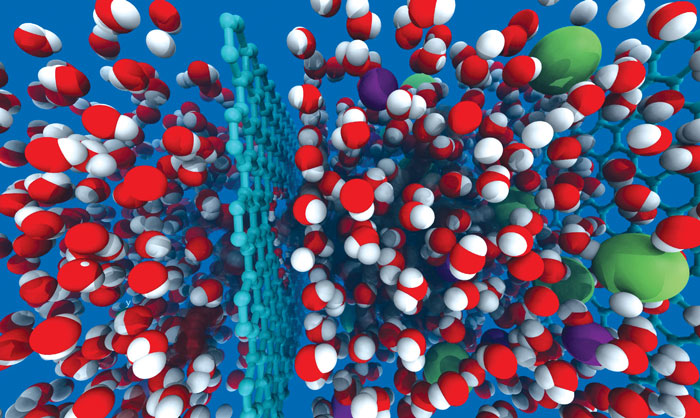 Visualizations of nanoporous graphene as a water desalination membrane. (Courtesy of David Cohen-Tanugi and Jeffrey C. Grossman, Copyright MIT)
Visualizations of nanoporous graphene as a water desalination membrane. (Courtesy of David Cohen-Tanugi and Jeffrey C. Grossman, Copyright MIT)LifePump Transforms African Communities
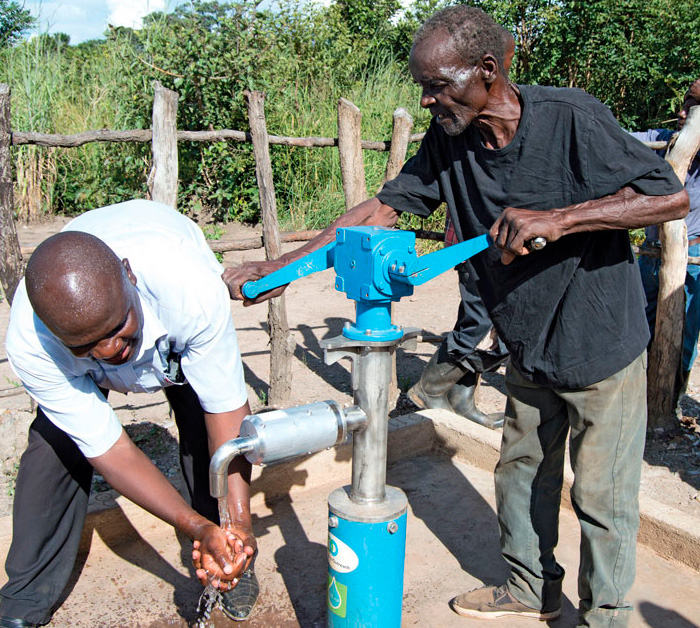 An elderly Zambian man pumps water from the LifePump. (Photo by Amelia Messamore)
An elderly Zambian man pumps water from the LifePump. (Photo by Amelia Messamore)Last year, the Pumps & Systems team traveled to Zambia and Malawi to report on how a new hand pump technology is changing remote African communities. The LifePump is a progressive cavity hand pump designed to reach depths of 325 feet—more than twice that of a typical hand pump. Engineered to be durable, robust and long-lasting, the LifePump is a new solution that is bringing clean water to thousands across Africa and now Haiti.
Pumps & Systems partnered with humanitarian engineering nonprofit Design Outreach to raise $9,200 for the installation of a LifePump in a village in Malawi. The pump will serve about 300 to 400 people who will gain access to a clean, reliable source of water—some for the first time in their lives. For more information, visit pumpsandsystems.com/giftofcleanwater.

